Ultimate Buying Guide for Sustainable Yoga Mats: Choose Wisely for Your Health and the Planet
- Mr. Jiang
- 07/03/2023
- 10:26
- No Comments
Introduction:
When it comes to yoga mats, choosing an eco-friendly option is not only beneficial for the environment but also for the well-being of your body. In this concise guide, we’ll explore the advantages and disadvantages of popular yoga mat materials such as PU rubber yoga mat , suede yoga mats, cork yoga mats, linen yoga mats and the TPE yoga mat. We’ll also highlight their eco-friendliness and explain why selecting a sustainable yoga mat can positively impact both your body and the Earth.
PU Rubber Yoga Mat:
Advantages:
- Durable and long-lasting
- Excellent grip and stability
- Superior cushioning and shock absorption
- Easy to clean and maintain
Disadvantages:
- Relatively heavy and less portable
- Initial rubber smell (which fades over time)
- Moderate eco-friendliness due to synthetic nature

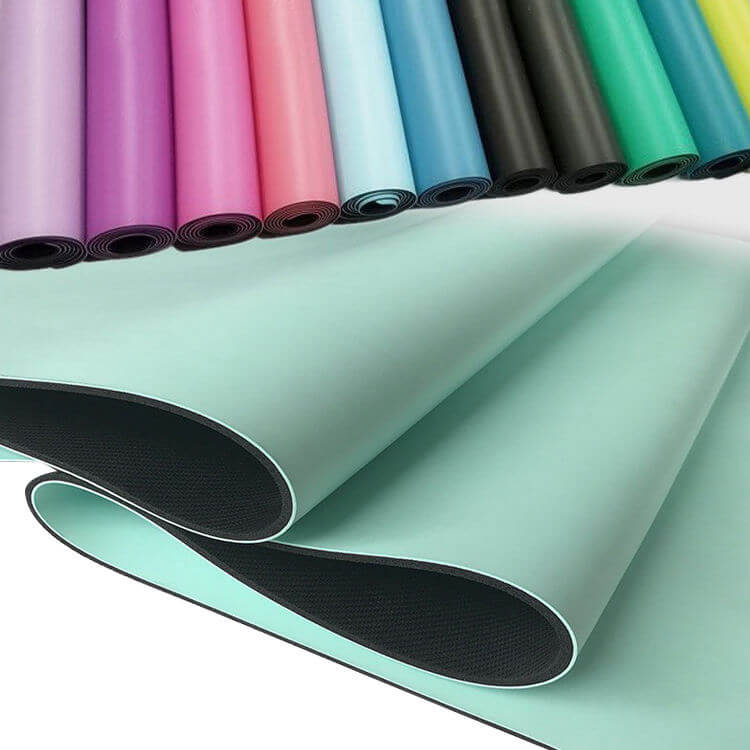

Suede Yoga Mat:
Advantages:
- Unique texture and natural aesthetics
- Good grip and stability
- High wear resistance and durability
- Naturally resistant to bacteria and mold
Disadvantages:
- Slightly higher price
- Requires adjustment to the unique feel
- Renewable and sustainable
- Excellent grip and stability
- Impressive durability and longevity
- Naturally antimicrobial
Disadvantages:
- Higher cost
- Unique feel
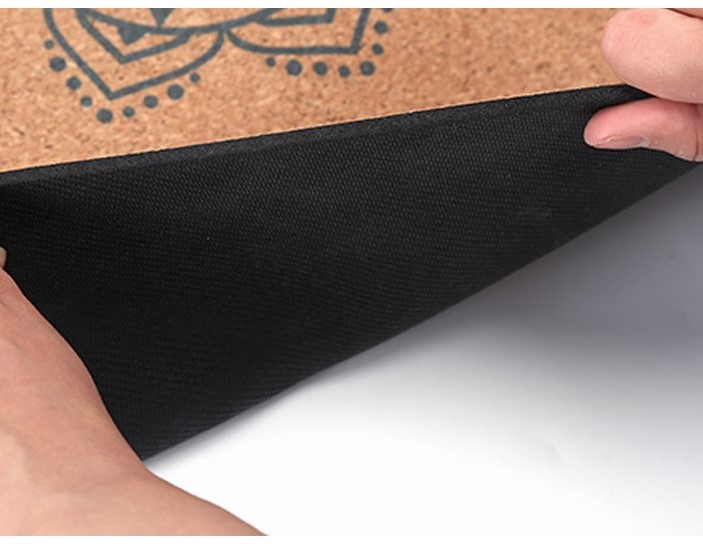
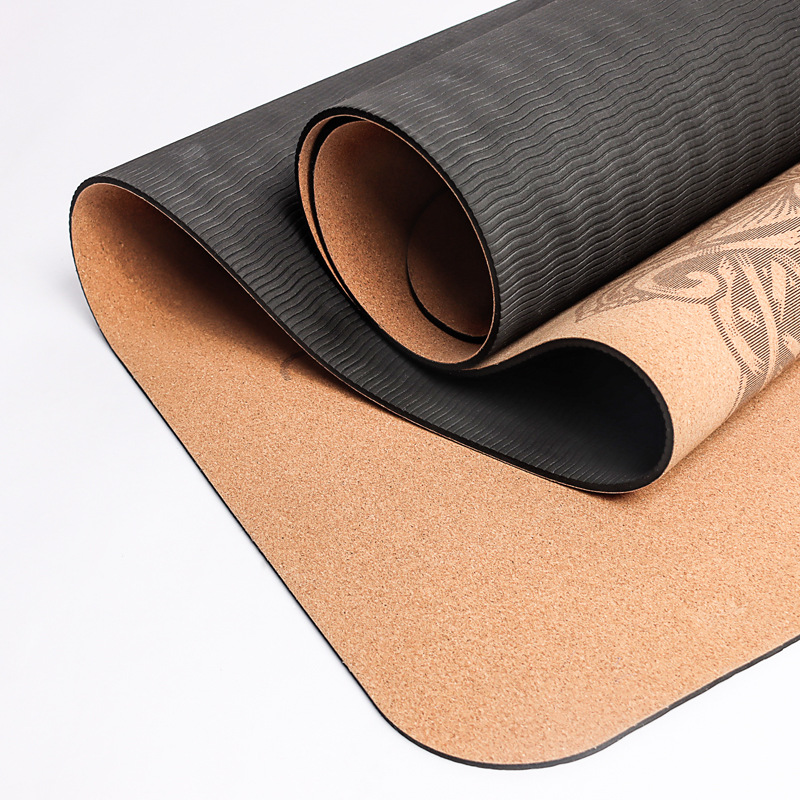

TPE (Thermoplastic Elastomer) Yoga Mat:
Advantages:
- Environmentally friendly, free of harmful substances
- Lightweight and portable
- Good grip and cushioning
- Easy to clean and maintain
Disadvantages:
- Lower wear resistance compared to rubber
- Shorter lifespan, requires periodic replacement
- Less durable and stable than rubber mats
Advantages:
- Natural fiber, eco-friendly
- Breathable and moisture-wicking
- Comfortable feel and good grip
- Lightweight and portable
Disadvantages:
- Lower wear resistance
- Requires regular cleaning
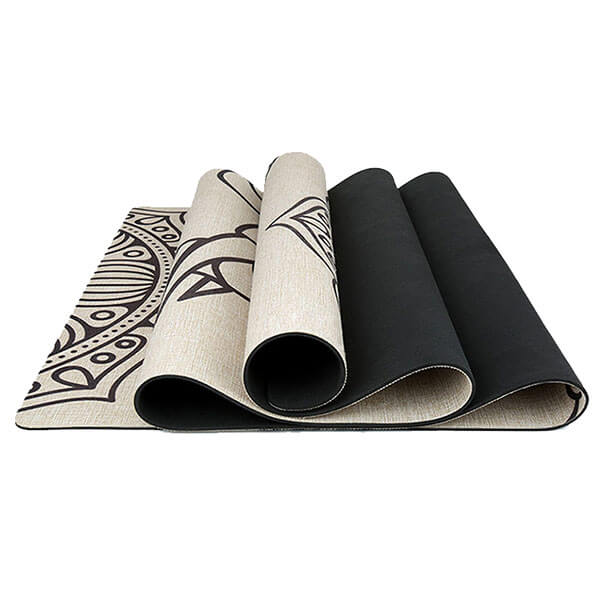
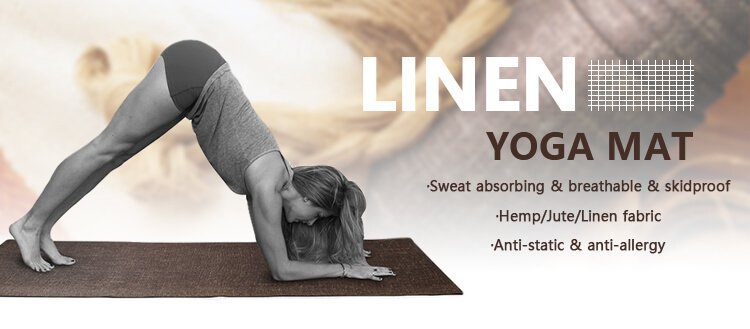
How to Choosing an Eco-Friendly Yoga Mat:
- Look for mats made from natural and sustainable materials like cork or linen.
- Opt for mats free from PVC, latex, and harmful chemicals.
- Consider recycled or biodegradable options.
- Research certifications to ensure environmental standards are met.
- Prioritize durability to reduce waste and frequent replacements.
The Dual Benefits of Eco-Friendly Mats:
Selecting an eco-friendly yoga mat not only enhances your practice but also contributes to a healthier planet. These mats minimize harmful chemicals, reduce carbon footprints, and promote sustainability. By incorporating an environmentally conscious mat into your yoga routine, you align your physical and mental well-being with the principles of yoga.
Conclusion:
By making an informed choice and selecting an eco-friendly yoga mat, you can prioritize your health and make a positive impact on the environment. Whether you prefer PU rubber, suede, cork, linen, or TPE, their advantages, disadvantages, and eco-friendliness play a crucial role. Embrace a conscious lifestyle by choosing a sustainable yoga mat that brings benefits to your body and the Earth.
Share this post with your friends
Leave A Comment
No worries, your email address will not be published.

